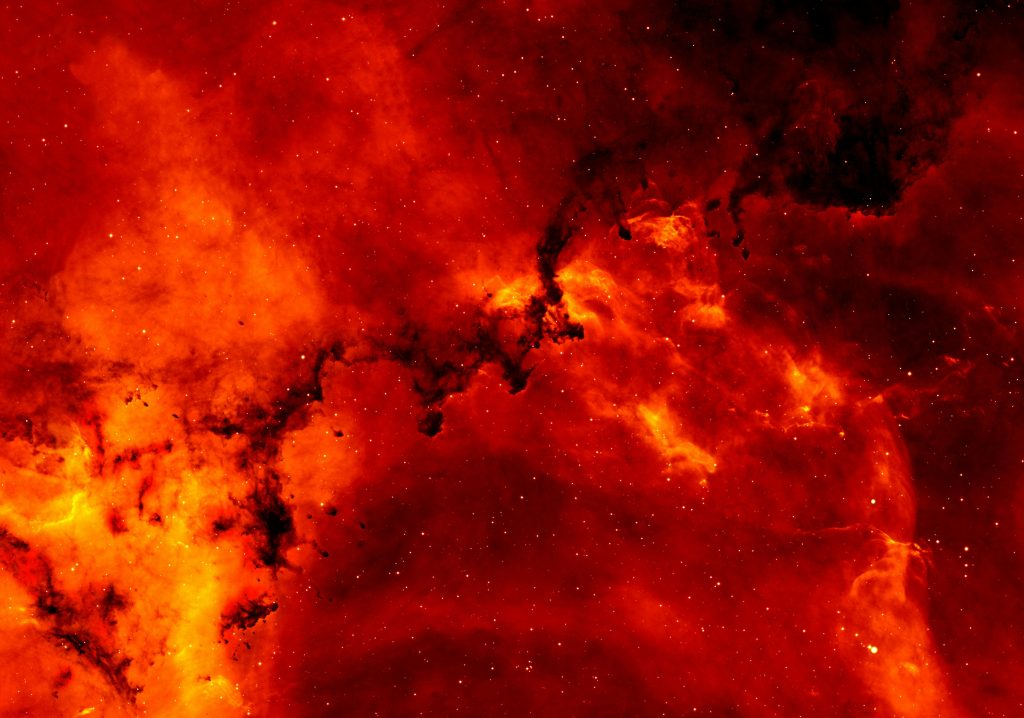
As wildfires become more frequent and destructive in California and across the western United States, understanding the realities of fire danger is more important than ever. Despite efforts to educate the public, many homeowners and business owners still believe outdated or false information about wildfire risks. In this article, we’ll debunk common myths and provide accurate, up-to-date insights into how wildfire zones really work and what that means for your property and insurance coverage.
Myth 1: Wildfires Only Happen in Forested Areas
Reality: Wildfires can and do occur anywhere vegetation can burn, not just in dense forests. In California, over 60% of wildfires happen in what’s called the wildland-urban interface—areas where homes and businesses are located close to flammable natural vegetation (Source: CAL FIRE). This means that suburban neighborhoods, farmland, and even some city edges are at risk.
Myth 2: If You Create Defensible Space, Your Property is Safe
Reality: While creating defensible space—clearing brush, trimming trees, and maintaining landscaping—can reduce wildfire risk by up to 70% (Source: National Fire Protection Association), it’s not a guarantee. Embers from wildfires can travel miles through the air and ignite rooftops, patios, or any flammable material. Insurance coverage is still essential.
Myth 3: Only Mountain or Remote Areas Are Considered Fire Danger Zones
Reality: It’s a common misconception that only mountain cabins or remote locations are high risk. In fact, more than 4.5 million homes in California are located in high or very high fire hazard severity zones, according to CAL FIRE. These zones often include suburban neighborhoods that don’t appear, at first glance, to be especially vulnerable.
Myth 4: Homeowners Insurance Automatically Covers All Fire Damage
Reality: Not all homeowners policies are the same. If your property is in a high-risk wildfire zone, your standard home insurance policy might include exclusions, reduced coverage, or even refusal to renew. It’s essential to review your policy and talk with your insurance broker to ensure you have adequate protection or explore excess wildfire insurance options.
Myth 5: Wildfires Only Happen During the Summer
Reality: While summer tends to bring dry heat, California’s wildfire season is no longer confined to one part of the year. Thanks to ongoing drought conditions and climate change, the state now faces year-round fire threats (Source: NOAA). Fall winds, dry winters, and spring heatwaves can all contribute to wildfire outbreaks.
Understanding the facts about wildfire danger zones can help you protect your property, your family, and your financial future. If you live in an area that’s even remotely close to vegetation, you may be at risk. Don’t rely on myths—get educated and get covered.
For more info, text or call Monreal Insurance Solutions at (909) 757-1311.
